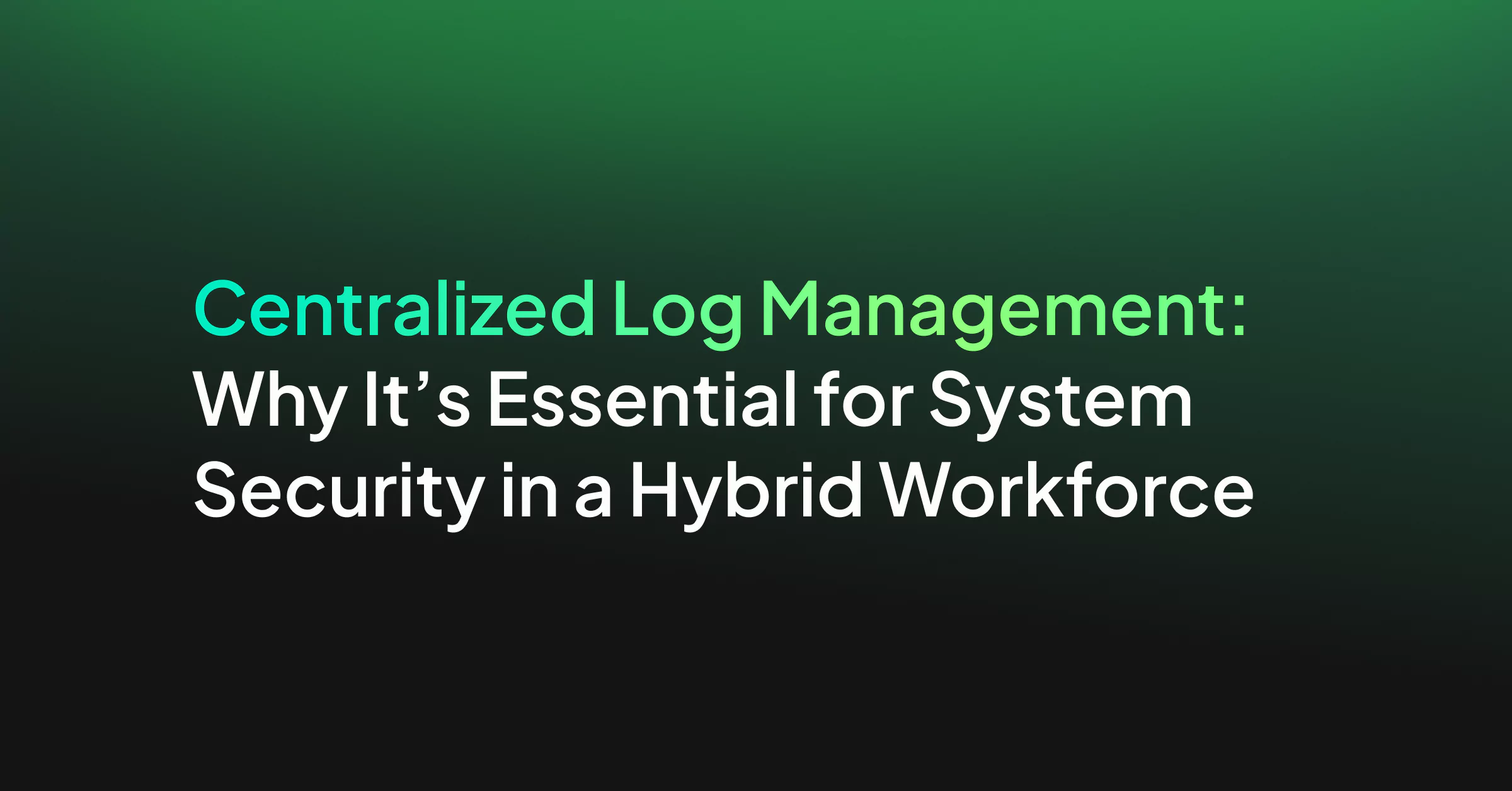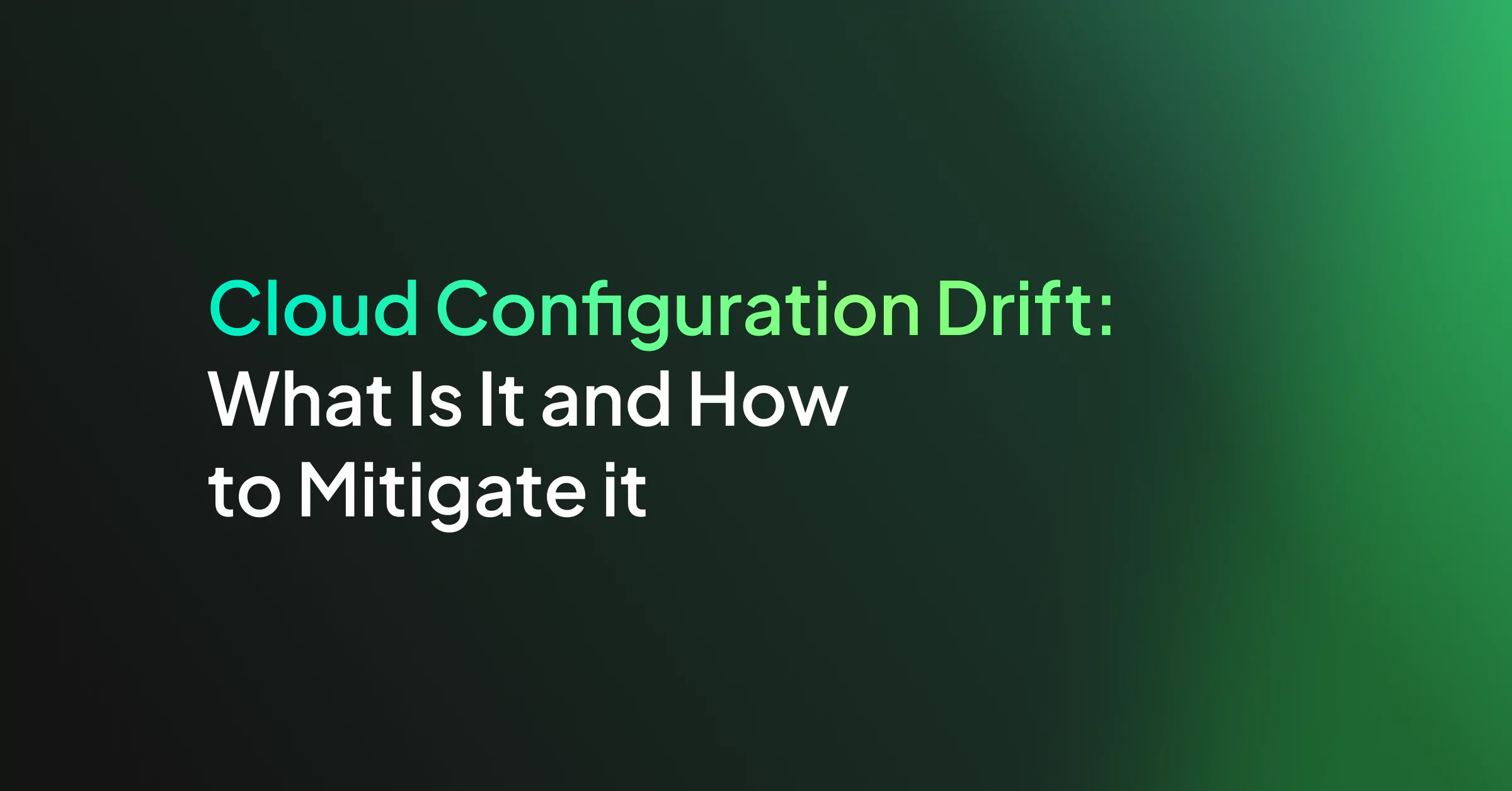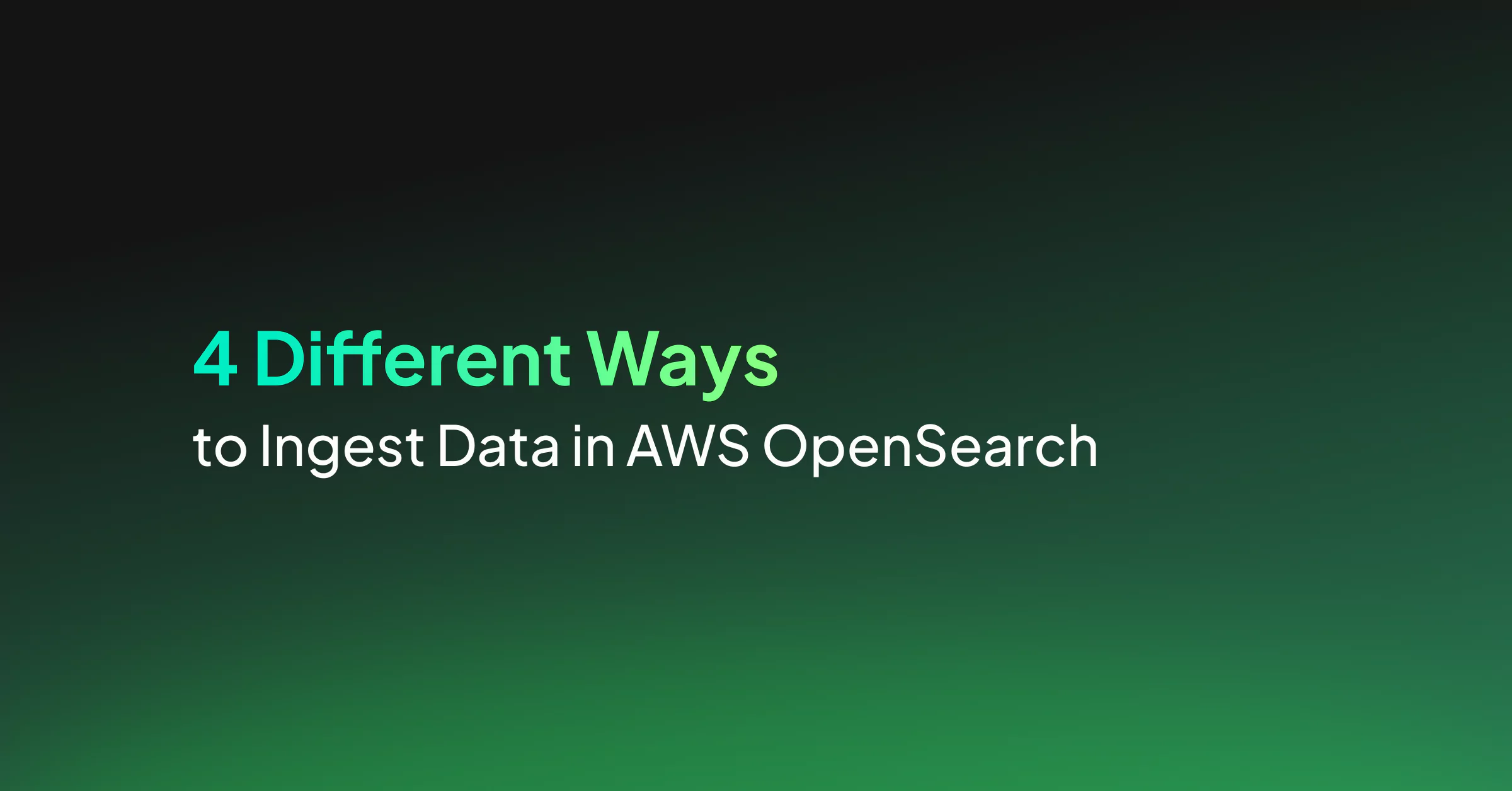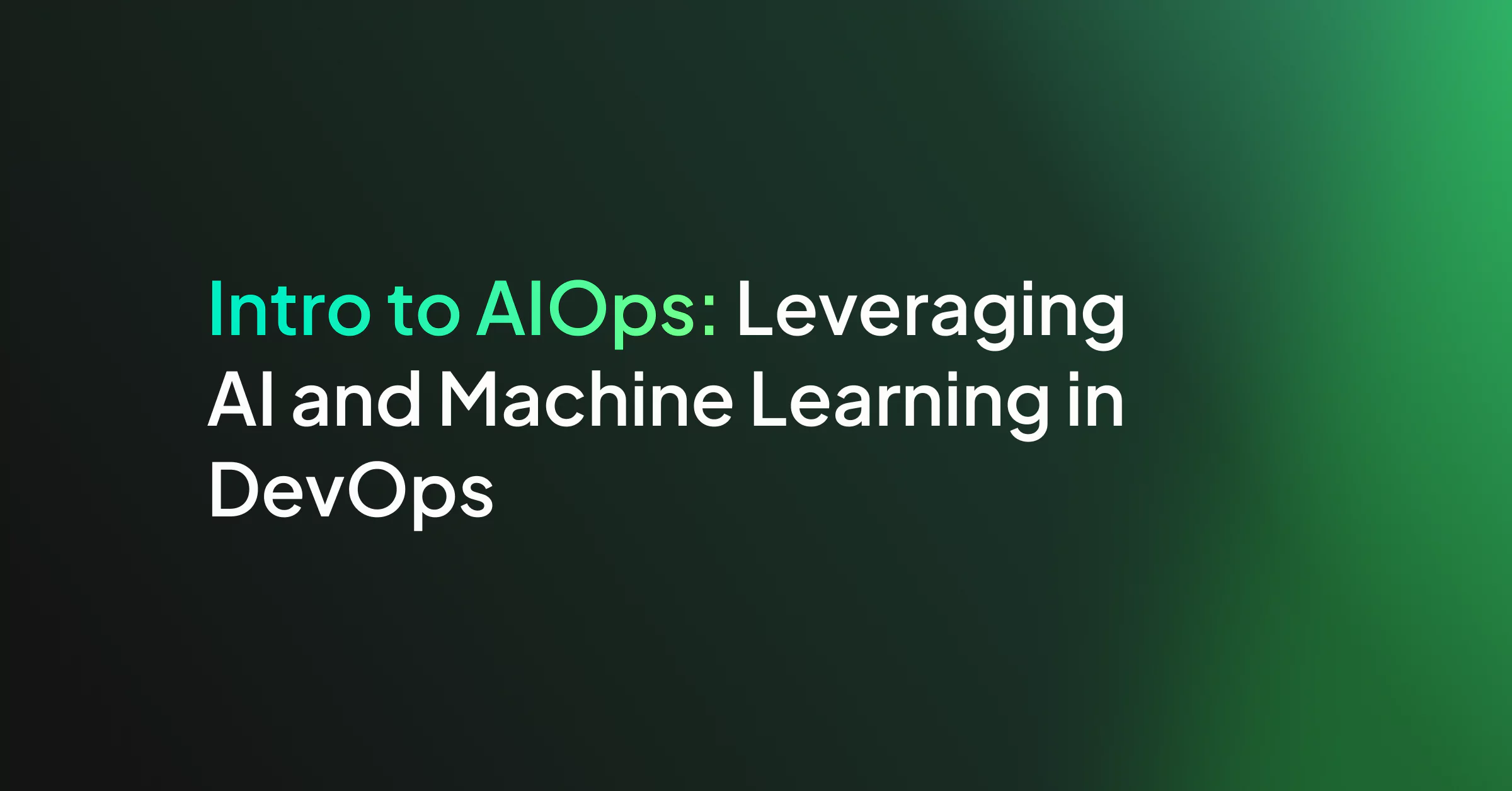Remote work increased due to Covid-19. Now heading into 2023, remote or hybrid workplaces are here to stay. Surveys show 62% of US workers report working from home at least occasionally, and 16% of companies worldwide are entirely remote. With a hybrid workforce, security breaches from sources were less typical with in-office work.
While working remotely, employees must consider many things they would not be concerned about within an office. This includes using personal devices for business purposes, using an unsecured network for work, and even leaving a device unattended or worrying about who is behind you at the coffee shop. There are many new avenues for cybercriminals to attack, showing why cybercrimes have increased by 238% since the pandemic’s start. Security threats from human error, misconfigured cloud infrastructure, and trojans rose in 2021 while work-from-home was in full swing. The rise in security breaches proves system security is essential for businesses, large and small, to avoid big payouts to recover from breaches.
There is an increased prevalence of cybercriminals taking advantage of the transition to remote work. Companies must implement new and improved security measures, such as log monitoring, to reduce the chances of successful infiltration.
Use IAM to Secure Access
To prevent cybercrimes, companies need to secure their employees’ work-from-home networks. Identity access management (IAM) can be used to secure home networks while enabling easy access to data required for their role. Ideally, the IAM solution is implemented with least-privilege access, so the employee only has access to what they need and nothing more.
When employees need access to critical data, ensure it is not simply downloaded to their company device. Instead, either store the data in the cloud where it can be accessed without download. Monitoring logs and the data is accessed is necessary to ensure bad actors are not gaining access. Authentication events can be logged and monitored for this purpose. If data does require a download, companies should provide employees with additional tools like virtual private networks (VPN), so they can access the company network remotely.
Log Access and Authentication Events
With remote work, employees use individual networks rather than a company network to access their required work. Corporate networks can set up a perimeter at an office, allowing only trusted devices. With remote work, this perimeter is easier to breach, and cyber criminals are taking advantage. Once they enter the network, they can take nefarious actions like ransomware attacks.
Using a VPN is a secure way for employees to connect to a corporate network. But, they are only secure if appropriately implemented with multi-factor authentication and up-to-date security protocols. So, even when using a VPN, bad actors may gain access to your network.
To reduce the risk of a security breach, logs and log analysis can be used to detect a bad actor in your network. Logging authentication and authorization events allow for data analysis. Machine-learning analytics can detect bad actors in your system so you can take action to prevent downtime and ransomware attacks.
Centralize Log Storage to Enable Fast Analysis
Extra logging needs to be enabled to better secure networks that allow remote access. The logs also need to be monitored for the logging to be useful in preventing security breaches. This is extremely difficult when logs are stored separately, forcing IT teams to monitor logs in multiple locations. Centralized log storage and management make getting the insights you need to detect security breaches easier.
Once logs are combined, IT teams can adequately monitor events. They can also use the logs to assess security risks, respond to incidents, investigate past events, and run a secure software development lifecycle. Centralized logs also lend well to custom dashboard setups that allow IT professionals to monitor logs more efficiently.
Centralize logs from different parts of your system to ensure they can be analyzed appropriately. This includes logs from IAM tools, network devices, and VPNs. Once logs are combined, they can be analyzed by machine learning tools to detect specific security breaches. These analyses can detect issues as they happen to hasten responses and mitigate risk to your stored data and product.
Example: Detecting Ransomware Through Log Management
When clicking on a malicious link, ransomware can be downloaded to an employee’s computer. The goal of the download is to install without the employee’s knowledge. Ransomware sends information to another server controlled by cybercriminals. The cybercriminals can then use the server to direct the infected employee device or encrypt data.
Since the employee’s computer needs to connect to this external server for the ransomware to run, an attack can be detected by monitoring network traffic on the employee’s computer. Depending on the ransomware, different logs may be relevant to detect the security breach including web proxy logs, email logs, and VPN logs. Since different log formats can be used to detect the breach, combining them into a single location can assist IT teams in detecting the security risk.
Summary
The increase in remote workers has changed how cybercriminals can attack company servers. Ransomware, malware, data theft, and trojans have all significantly increased since the start of the Covid-19 pandemic. Companies must find new ways to mitigate these security risks for remote workers.
Implementing safeguards is critical to a company’s security. Use IAM to authenticate users and limit their access to only what they need to work. Using VPN is essential for remote workers who need access to sensitive data.
Since there is always risk of security breaches, centralized log management can mitigate risks even when stringent methods are used. By collecting logs in a single location, analytics can be employed to quickly detect security breaches so IT teams can take corrective action sooner. SaaS offerings like Coralogix can provide centralized log management and analytics to detect security breaches.





